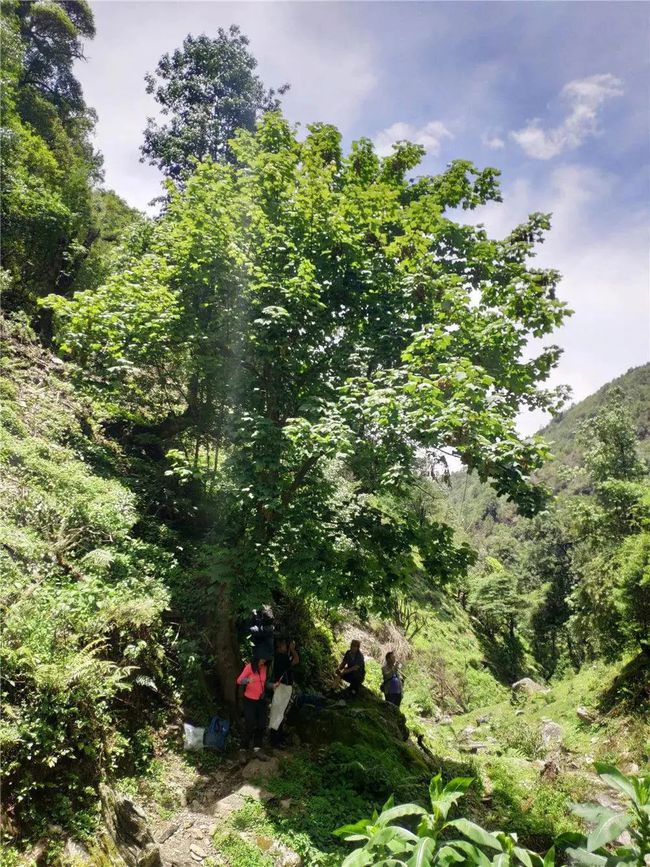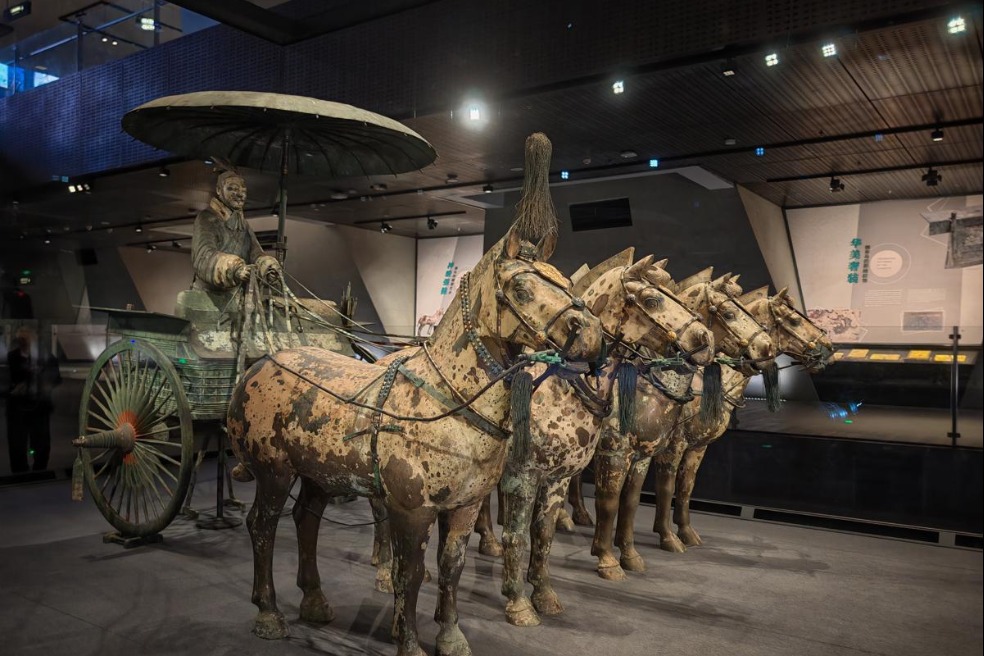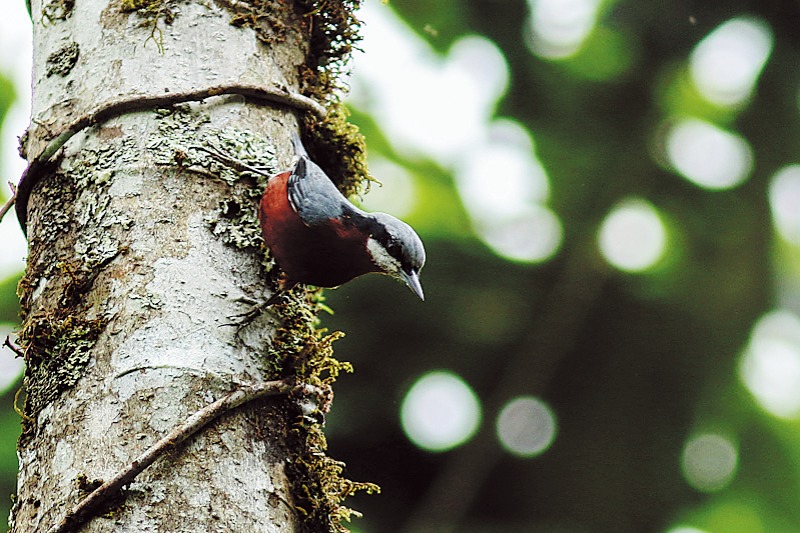China's biodiversity conservation efforts forge a thriving ecosystem


KUNMING -- From five to over 50,000, the population of an endangered plant species endemic to southwest China has risen within two decades thanks to the country's efforts in rescuing living organisms.
Acer yangbiense, a critically endangered maple tree confined to Yangbi county in Yunnan province, was included in a rescue program as part of efforts to protect the most threatened species in China, focusing on "plant species with extremely small populations."
Rescue at full tilt
Sun Weibang, a researcher with the Kunming Institute of Botany, Chinese Academy of Sciences, said that the so-called "species with extremely small populations" have four major characteristics -- immensely small population, narrow or discontinuous habitat, being seriously disturbed by human activities, and on the verge of extinction at any time.
In 2010, the Yunnan provincial government approved an outline of a 10-year plan for rescue and protection of such species in the province, listing out 62 plants and 50 animals. It was followed by a five-year national program beginning in 2011 to rescue plant species with extremely small populations.
The rare maple Acer yangbiense was discovered by accident, when Chen Yousheng, a PhD student from the botany institute saw maple samples in 2001. He found that a specimen, marked as Acer gongshanensis, collected from Yangbi county was different from other samples marked the same.
In April 2012, he went to Yangbi for an on-the-spot investigation and found such plant species, spotting only five in the wild. Later, the species was named Acer yangbiense.
"It has furry leaves, like a fat palm. The fruit has a pair of wing-like appendages, similar to dragonfly wings," Chen said, noting that the habitat of such maple species has distinctly degraded and suffered due to human activities.
Pollination and seed germination were two huge obstacles for scientists to breed the endangered maple.
Since the plants were far apart, few seeds were produced due to low pollination efficiency. Researchers tried grafting but failed.
Later, Zhang Guoshu, a local villager in Yangbi, came up with a traditional method -- cutting off the blooming branches from one tree and tied them to another tree. This technique induced successful pollination.
In the autumn of 2008, a batch of seeds from the pollinated maple tree was harvested.
In the natural habitat, the germination rate of seeds of this species is quite low. The local forestry department sowed more than 50,000 seeds, and only five seedlings were obtained.
But, the team led by Sun Weibang broke the predicament and mastered the key technology of seed germination, breeding more than 1,600 seedlings.
So far, more than 50 seedlings of the maple species have been planted in the Kunming Botanical Garden. Over 4,600 seedlings grew in their original habitat in Yangbi county, while some 38,000 are about to root in the wild. "The species is now out of danger of extinction," Sun said.
"Humanity stands at a crossroads with regard to the legacy it leaves to future generations. Biodiversity is declining at an unprecedented rate, and the pressures driving this decline are intensifying," stated The Global Biodiversity Outlook 5, a flagship publication of the Convention on Biological Diversity.
According to the Ministry of Ecology and Environment, among the 4,357 vertebrates registered in China, 932 are in critically endangered, endangered, or vulnerable conditions.
Experts also found that 3,879 higher plants, out of 35,784 registered ones in China, are threatened.
- Chengdu man receives suspended sentence for buying endangered turtle specimen
- Wedding platform in china offers hefty salary for 'wedding surrogate' role
- Co-location boosts rural vitalization in Shandong
- New draft law requires improvement of energy development
- Chongqing Library expert educates students in book restoration techniques
- Xi Jinping on his love of books





































